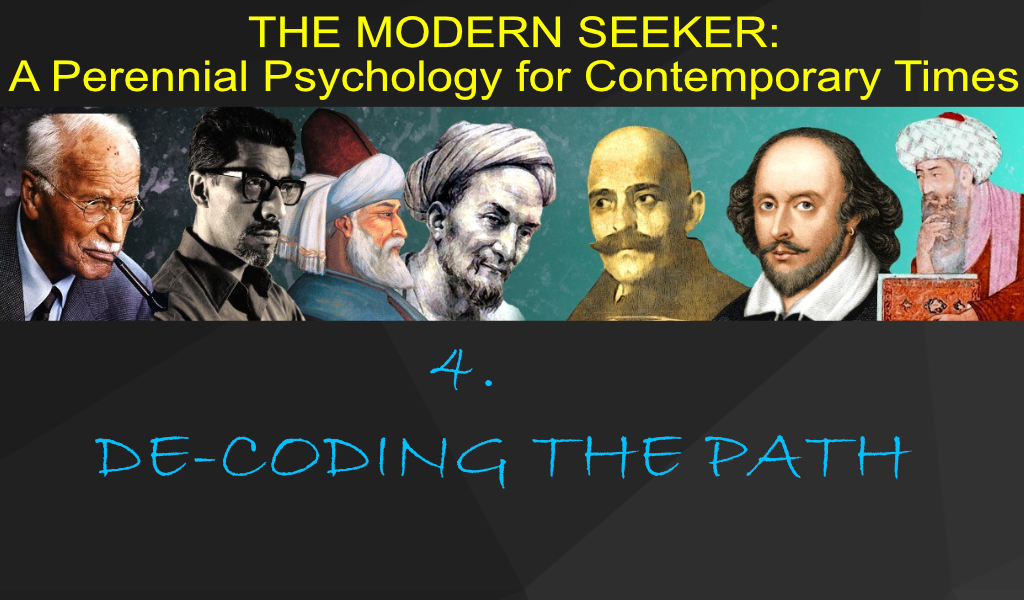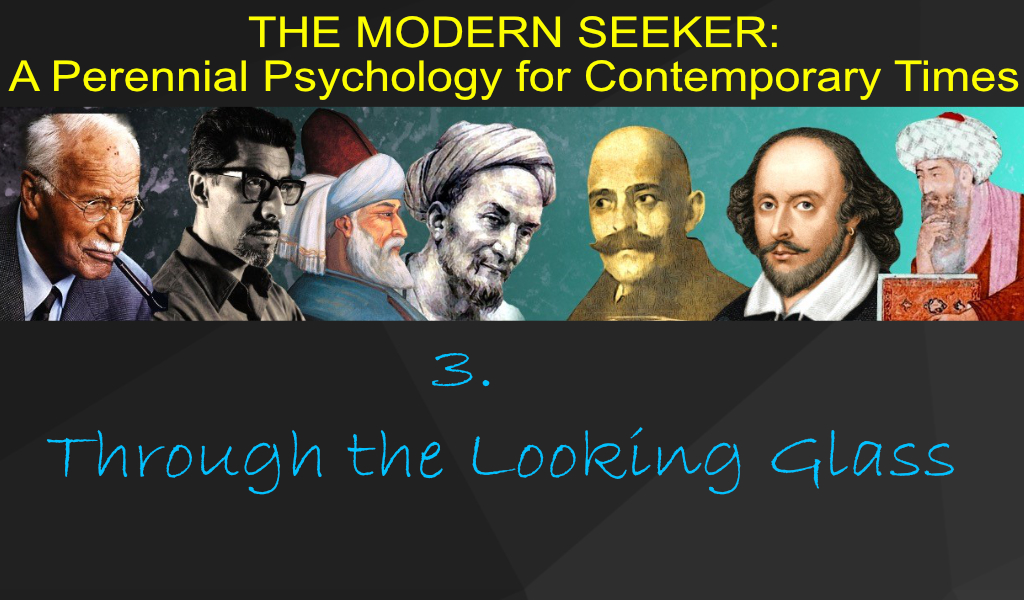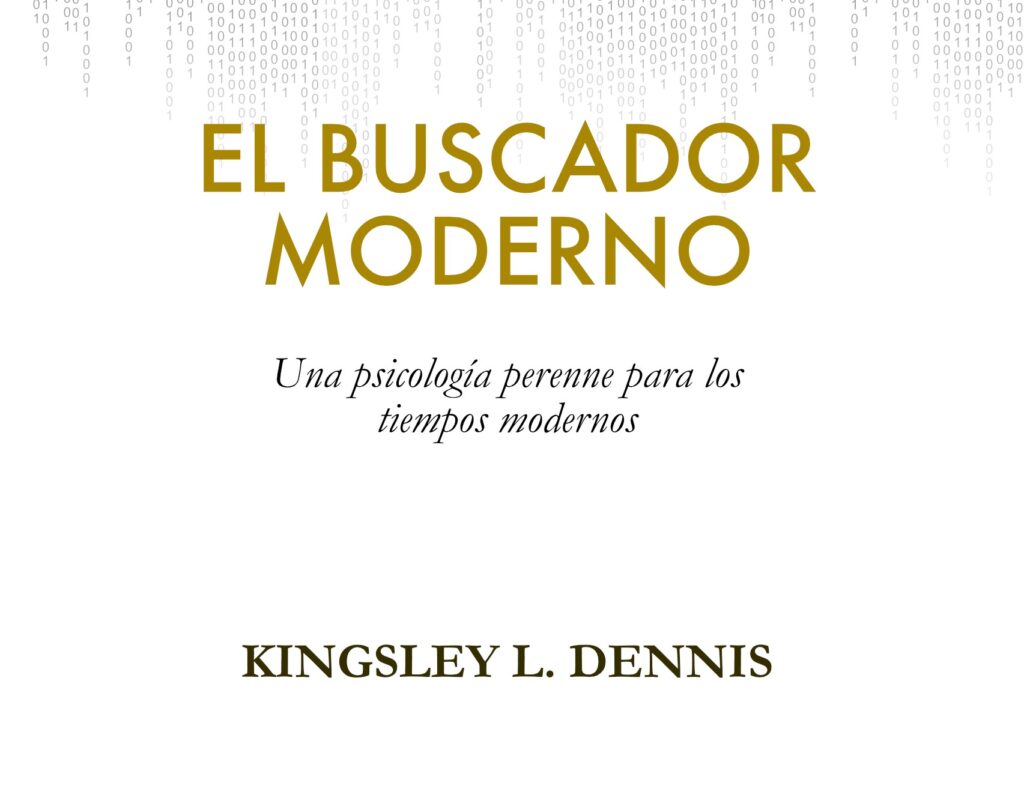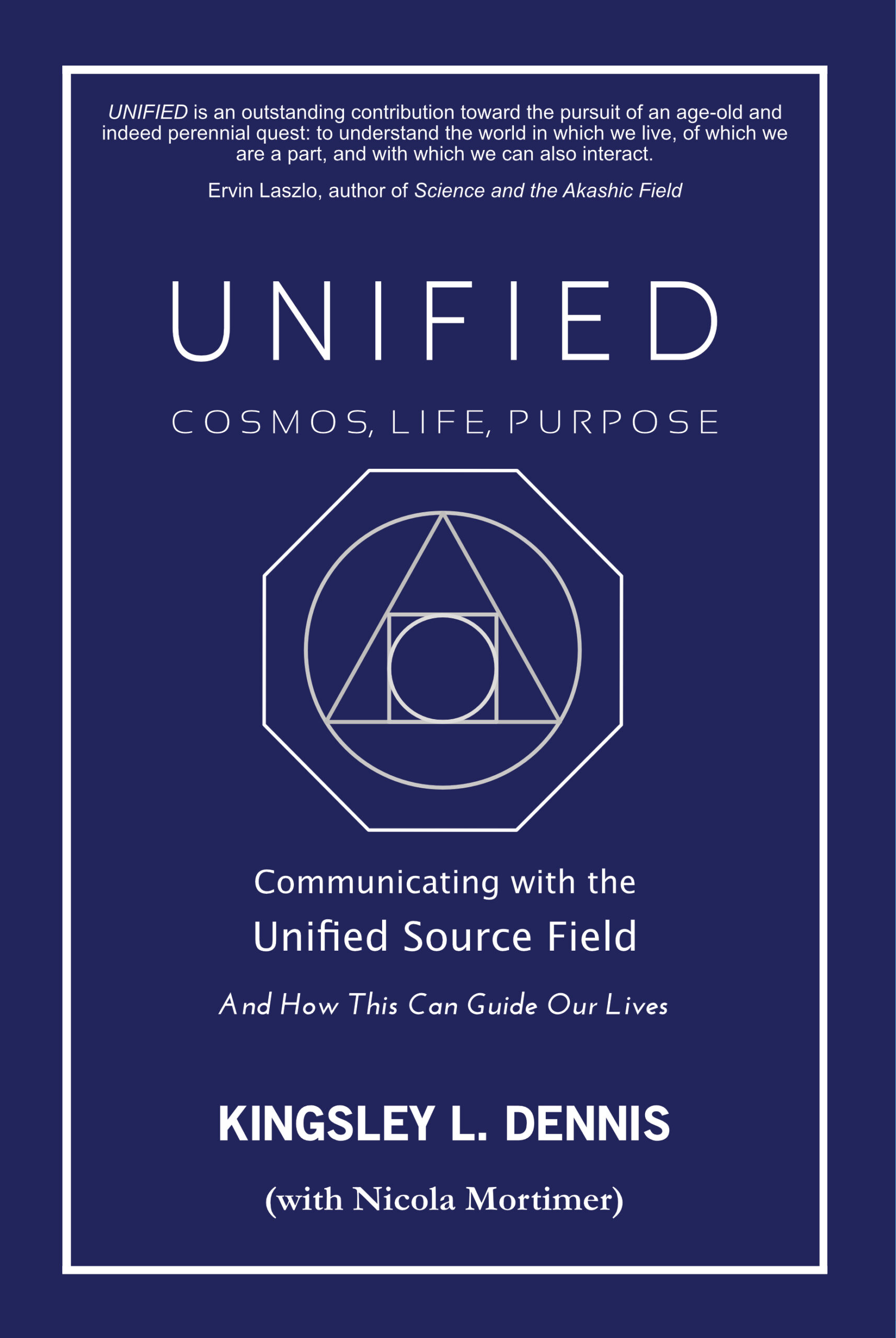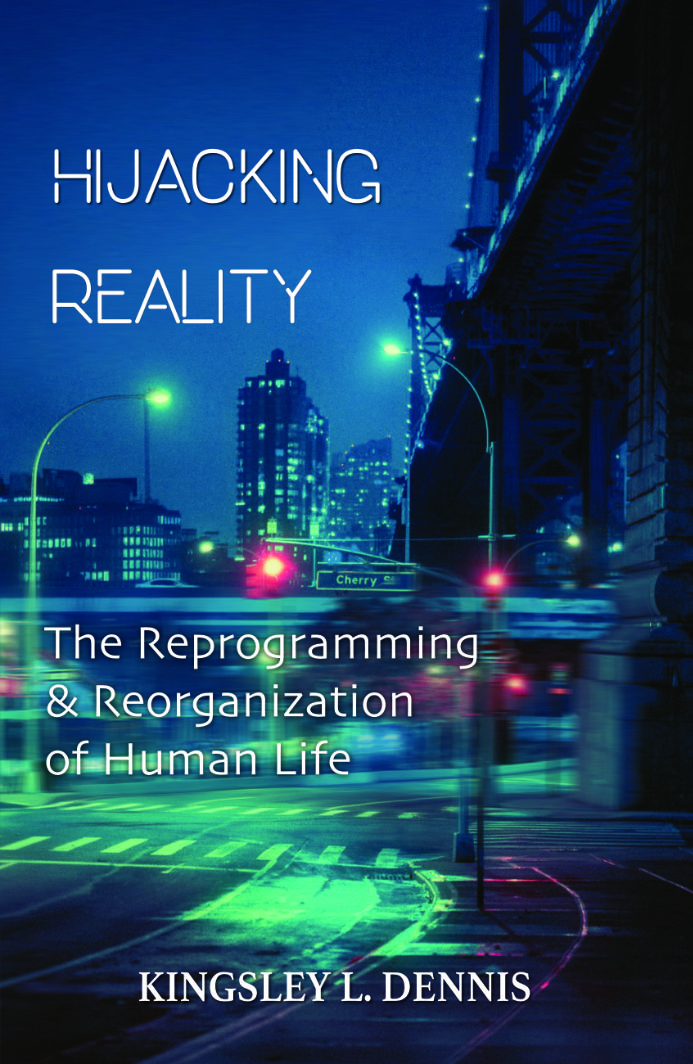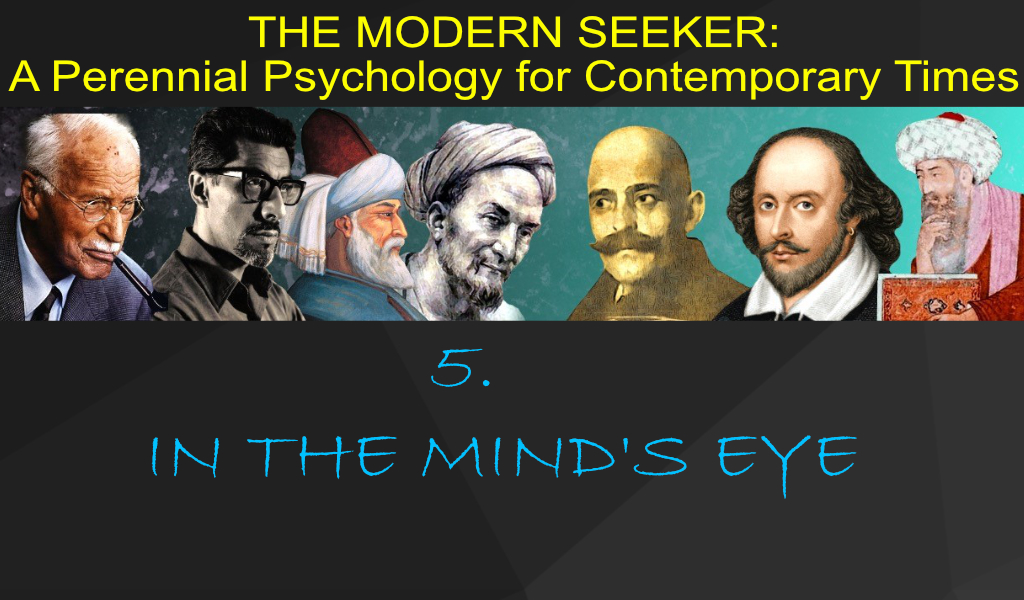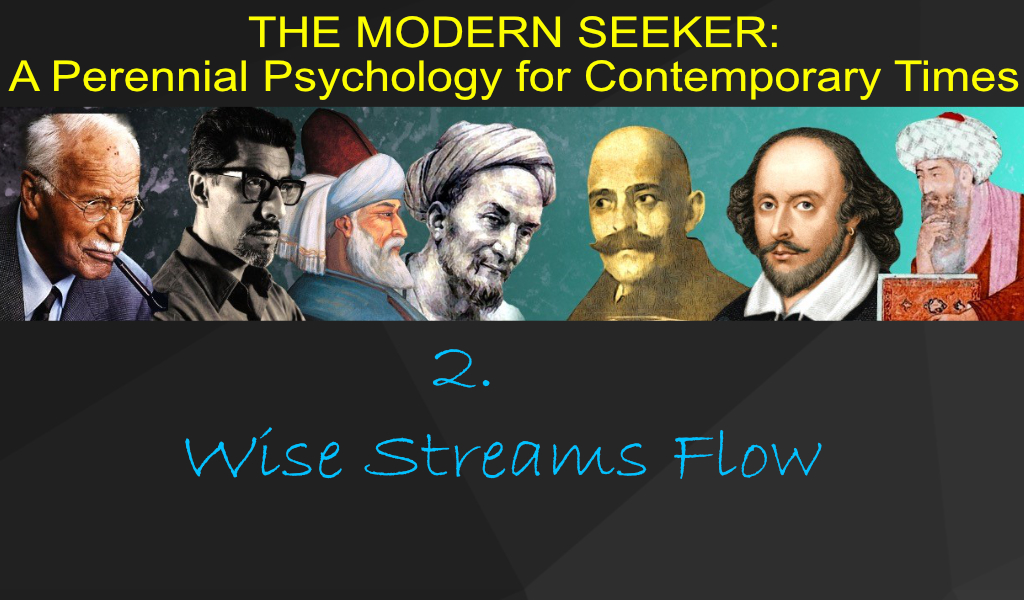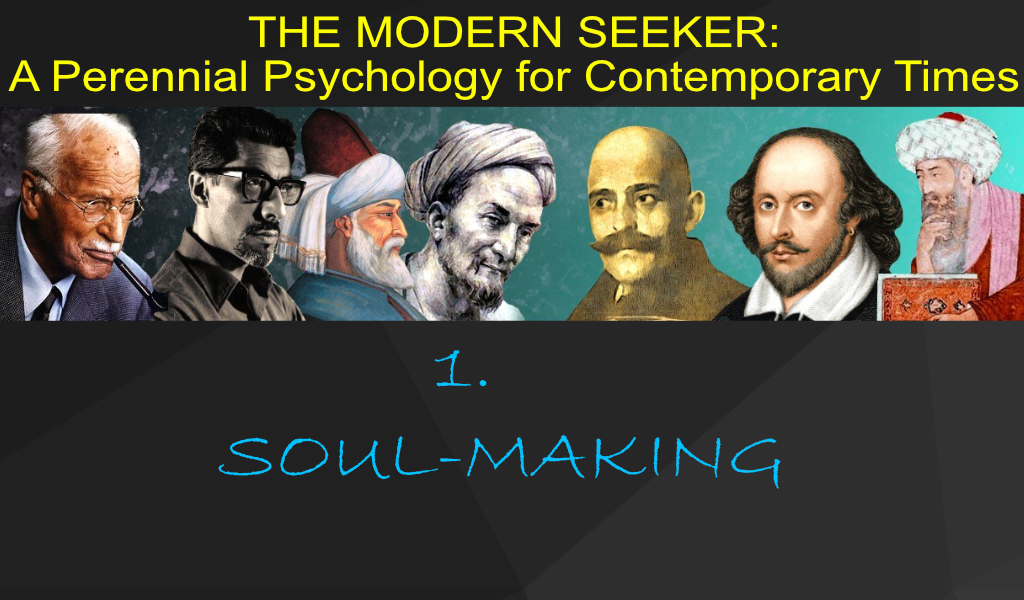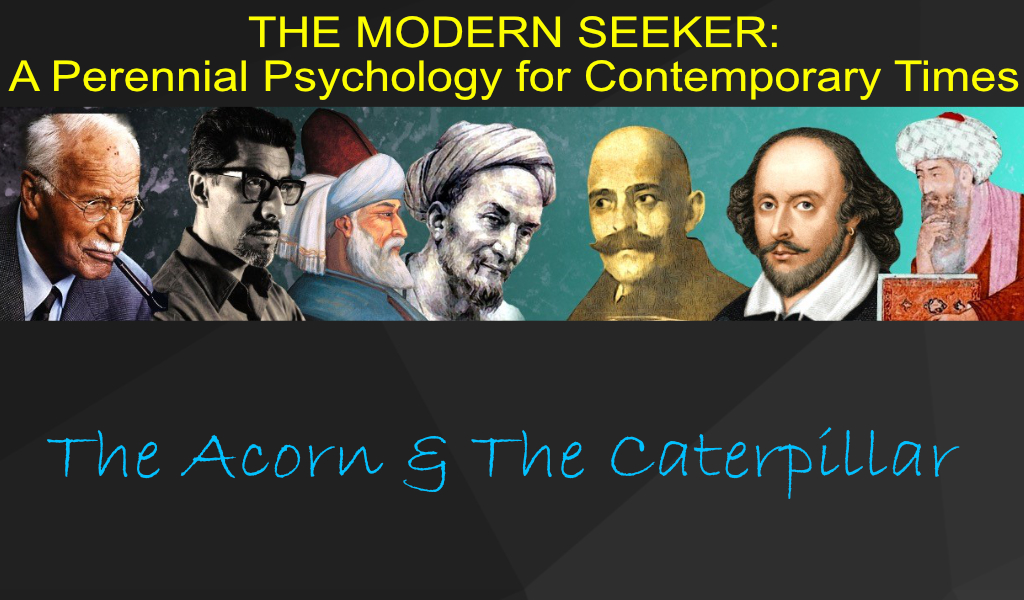‘The world has no being except as an appearance;
From end to end its state is a sport and a play.’
Shabistari
The wind of God’s grace is always blowing, but you must raise your sail.
Vivekananda
The term ‘spiritualty’ is nowadays more or less redundant of its essential value because it comes with too much cultural baggage and associated assumptions. It has also become highly commercialized, especially since the late twentieth century. The use of it here is for a general understanding of advanced perceptions that lead to an expanded comprehension of Reality. Any language that is used is, of course, secondary to the phenomenon that is described or implied. Certain words will cease to have their popularity and will be replaced in time by others, as is often the case. Yet regarding matters of the spirit, they have been discussed, engaged with, and talked about since time immemorial. Such ‘spiritual’ concepts have been described as mysticism, esotericism, occult, metaphysical, and more. Various teachings have operated throughout the centuries, including Hermeticism, Gnosticism, alchemy, Kabbalah, the magic/occult, as previously mentioned. They have also been operative through unknown or unsuspected cultural channels: ‘Through these divine instruments the interior truths of the Sanctuary were taken into every nation, and modified symbolically according to their customs, capacity for instruction, climate, and receptiveness.’ 1
The perennial path has also operated through the Indian subcontinent in its Vedic literature (Rig Veda, the Brahmanas, the Aranyakas, and the Upanishads); as well as through some of the Greek schools (Platonism; Pythagaros; Neo-Platonism). It was notably active through Sufism during much of the Middle Ages (although the word ‘Sufism’ was coined by a German scholar only in the nineteenth century). More recently, it has been present within various paths of psychological development, under several names.
Matters concerning the development of perception have long been known as belonging to mysticism, generally because such comprehension is largely not accessible by the intellect. Mysticism, as well as some religious forms, have corresponded to a perception of the sacred. Religious structures were thus often used as historical vehicles and contexts within which to disseminate developmental impulses in accordance with their specific social-cultural norms. As has been noted, genuine wisdom is an active component separate from the forms, structures, and institutions through which it may choose to operate. A sincere developmental path is free from the dogmas that exist in all places and all times.
During times of religious and political tyranny the perennial psychology often continued its teaching in a more clandestine manner. In order to remain operative, it chose to work through the more orthodox and established institutions of the day, adhering to external protocols. Scholars or investigators of these known institutions often come across traces of these teachings and naively assume that the orthodox institution has a fixed ‘mystical’ side to it. They fail to recognize that the institution itself was being temporarily utilized as a carrier (like a shielding umbrella) for the transmission of a genuine wisdom stream. At times some well-known perennial teachers have been identified by mainstream researchers as representing these orthodox institutions and not, as is the case, working beyond appearances.
Appearances have been popular with lay seekers. Westerners especially tend to over-orientalise teaching remnants and quickly associate them with a variety of commercial clichés – such as the robed guru, beads, incense, strange exotic diets, and oriental rituals such as whirling, and maybe even howling! These clichés exist because their physical remnants and traces still exist, yet they are but the leftovers from a once-active developmental operation. Often in the hands of unenlightened people they become the vehicle for cultish forms and commercial ventures that play upon people’s need for attention.
These leftover remnants are obsolete and should not be confused with a genuine contemporary form of the perennial psychology. At best they are the displaced fragments of a once functional system of human development. As already stated, a genuine perennial path uses forms and methods appropriate to the time and culture in which it currently operates. Like a professional chef it uses ingredients ‘locally sourced’ and ‘in season.’ It does not import ingredients foreign to the palate of the local taster. Unfortunately, most of what is popularly recognized as being of the perennial path is a ragged collection of past fragments fused together and attractively packaged. As the phrase goes – the dog may bark, but the caravan moves on.
***
The essential self has no worldly desires. It is the social personality that collects and harbours such secondary desires. Within the realm of advanced perceptions there is no place for personal desires and satisfactions. These traces belong to a coarser mode of existence. Generally, religious and pseudo-spiritual paths have highlighted emotional conditioning. Greed has also been a dominant factor in some ‘spiritual’ paths, even when this is disguised as motivation. Often, the desire to want much in exchange for giving little is an unrecognized form of inner greed.
Providing emotional satisfaction is not the function of a genuine wisdom path. Emotional needs are first to be satisfied by social and cultural systems and institutions; they are not the remit of the developmental path. Deteriorated wisdom schools and religions function on this lesser domain of providing emotional and social support, often to the confusion of would-be seekers who are yet unable to verify a genuine source. Or, as is often the case, the persons are seeking superficial satisfactions despite their petitions to the contrary. It is a noticeable factor that many people who live balanced and fulfilled lives are not drawn to religious or similar institutions.
The role of emotion is not well understood in most western cultures. Emotional indulgence is often considered a desirable trait – even a healthy one. It is well understood that if a person eats too much, they will become overweight, leading eventually to obesity. Similarly, emotional indulgence can lead to obesity within a person’s emotional centres. Many cultural impacts in the west are highly emotionally charged, and often deliberately so. Too much of this ‘rich intake’ can lead to emotional (and mental) imbalance, confusion, and disorientation. A brief glance at western societies will show that much emotional imbalance is already present. Such imbalance affects a person’s ability to verify genuine impacts of a beneficial nature, such as those that trigger inner development. This is one of the reasons why pseudo-spiritual paths, ‘guruism,’ and spiritual exploitation and commercialization are so prevalent. When one lacks the means to credibly verify the role and function of a teaching, then one is vulnerable to manipulation and false agendas. This information is not new – it has been known for thousands of years. Today, however, we have the language and the psychological foundation upon which to better understand such concepts. Until one is equipped to calmly observe – and if need be, to modify – one’s behaviour, then one will continue to remain at the mercy of impacts and stimulations that may not be in one’s best interests.
The same can be said for the role of the intellect. Its status is often unjustly exalted as such features as cleverness, cunning, and scholasticism are regarded as virtues in many of our societies. As a result, intellectualism and mental pursuits have become dominant tendencies, leading to excess and imbalance. Over-indulgence in emotional and intellectual stimuli can hamper access to objective knowledge. Here is a tale to consider:
‘There was once a merchant who had a wife of great delicacy and of unsurpassed beauty. Unhappily, there came a time when the merchant ran into serious financial difficulties and was reduced to the verge of poverty. The reason for his difficulties was that many of his debtors had failed to pay him what they owed him.
Among his principal debtors was his greatest friend, a wealthy merchant, who had risen to his present state from being a greengrocer. He owed him 1000 gold pieces. The merchant was sure that his friend would help him in his time of adversity and need by repaying the debt. With this in mind, he approached his beautiful wife and asked her to visit his wealthy friend and to ask him for the repayment of the 1000 gold pieces. The wife agreed and soon set off to speak with the wealthy merchant. On being approached, the merchant graciously received the wife as his guest, but upon hearing her request for repayment he immediately began making excuses. He then said that he would repay the debt only if the beautiful wife would first satisfy his desires. This she refused to do, and immediately returned home to her husband to tell him everything that had happened.
The husband, on hearing his wife’s story, was appalled, and told her to go to the local judge, who had originally been a calligrapher, and to plead for justice against the wealthy merchant, and so force him to repay his debt.
The local judge, on being approached, told the beautiful wife that he would certainly do what she asked, but only if she agreed to satisfy his desires. The wife refused and returned to tell her husband what had happened.
Stricken by the behaviour of the judge, the husband told his wife that she must go and ask the governor, who had previously been a soldier, to intervene and force the judge to behave properly. Alas, the governor was no better than the other two, and said he would only oblige her if, first, she would oblige him. The wife refused and returned sorrowfully to report to her husband everything that had happened.
At that point, the wife did not know what to do, but while she was pondering the matter, a knock came at her door. When she answered it she found her one remaining servant, the night watchman. She and her husband had kept him because he was the one who remained awake when everyone else slept. The night watchman told her that he had learnt of what had happened and felt that he could help. He suggested that her problems could be solved by adopting a certain plan, but that the plan would have to be devious.
The plan was explained to the wife, who shortly afterwards sent a message to the wealthy merchant to say that if he would come to her apartments while her husband was away, she would be disposed to oblige him. The wealthy merchant came immediately, but just at the moment when he had stripped off all his clothes, there came a knock on the door by the night watchman. The wife showed every sign of alarm, saying it was her husband, and indicated that the merchant should jump into a box and hide. The wealthy merchant needed no second bidding and leapt quickly into the box. The wife then did the same thing with the judge and the governor, both of whom were locked away in separate boxes.
The beautiful wife then went to the King of the country, and explaining her predicament, asked him for his help, so that the three men should be punished, and the debt to her husband repaid. Having listened to this unlikely story, the King expressed disbelief and asked for proof. The wife immediately arranged for the three boxes to be brought before the King, and for them to be unlocked in his presence to reveal the three naked men. The King immediately perceived that the wife had told the truth, and immediately fined all three men. With the proceeds, he paid the poor merchant his dues, and then demoted the three offenders so that they were reduced once again to being a greengrocer, a calligrapher, and a soldier.’
According to tradition, this story represents all the aspects of a person’s own psychological make-up. The poor merchant represents one’s composite self. The wife can be regarded as one’s essence – that part of oneself that is concerned with truth. The greengrocer represents the emotional part of oneself that is attached to things of the world. The calligrapher represents the intellect; and the soldier is the physical, organizing principle. The King represents outside intervention. Once the ‘three men’ (the three aspects of oneself) had been reduced to their original state, and the debt paid off, then everyone – as they say – lived happily ever after. Likewise, within a person, if the emotional, intellectual, and physical aspects are out of kilter, it is difficult for a person to ‘prosper.’ It is even more difficult for truth (the wife) to be dealt with fairly. It is all too easy for the emotional, intellectual, and physical aspects to grow ‘too big for their boots’ and to overpower the original harmony of a person’s being. In this state, correct and balanced learning upon an inner path is almost impossible. It is the function of perennial psychology to address these issues within any potential learner. Hence, the need for dealing with a person’s social conditioning as well as with the balance of their emotional, intellectual, and physical states.
The way of perennial psychology is a subtle path that seemingly provides little in the form of tangible – or ritualistic – guidelines. It does not excite or promote itself. Strange or eccentric behaviour is not required. A genuine path of knowledge is the very essence of normality within the culture it is operative.
It is said that human beings have three possible modes of operation. The first is the normal mode of conditioned life. It is produced from a mix of culture and environment, as well as the specific moral and value systems. Included here are such belief systems as religion and political-social ideologies. Such dominant ideologies as rationalism, industrialism, and capitalism have represented these conditioned value systems in recent years. The truth of the situation is that although a person will believe that they are behaving, and thinking, according to what they feel are their deepest beliefs and personal convictions, they are in fact only acting out their particular cultural programming. In this mode of life, a person is not able to perceive that they do not know who they are nor what their purpose is. Instead of attempting to deal with this blindness people will seek to distract themselves through pursuing what they believe to be meaningful goals, not realizing they are actually pointless. Examples can be found throughout social, cultural, and educational systems, events, and entertainments.
The next mode of operation is through a reactional response to cultural norms. That is, by actively seeking an expression of rebellion. Such expressions are believed by people to be morally significant, and of merit. People may believe they are ‘making a stand’ whereas they may only be reinforcing another position of conditioning. People may also be strengthening their false personality and its ego. Such examples can be seen in ‘alternative’ lifestyles and in fashion extremes and sub-culture identifications. A recent historical expression was manifested in the various revolutionary acts during the 1960s – including the ‘flower-power’ hippie generation as well as the student protests.
The third mode of human operation lies in objective perception which brings with it real knowledge. This mode of existence is operating all the time, unbeknown to the majority of humankind. It can be said that we are the fish in the sea seeking the illusive mystery of water. This mode is seldom perceived because of the reliance upon the previous two modes of cultural conditioning. To increase perception of this mode requires that a person observes, recognizes, and acts upon deep levels of social programming. To not grasp, or admit to, such deep programming is an instant blockage upon the way to deeper realization. The dilemma facing a person here is that this finer mode of operation cannot be verified by ordinary means, or by those filters provided by social and cultural systems. The game rules that program our social lives do not permit the realization of these finer modes of perception. They are literally not a part of the everyday game. Yet within ordinary life it is possible to gain verification of this mode through receiving information that cannot be obtained in any other way. Some of these ‘interventions’ have been historically classed as ‘miracles.’ What we may take to be distortions in reality (‘anomalies’) may in fact be an indication of a greater Reality in operation within the lesser mode of ordinary life.
In general, human societies operate through a lack of knowledge and awareness. This is evident by what is witnessed in terms of aggression, insecurity, warfare, immorality, and general infantile acts of competitive behaviour at the global level. Politics firmly functions within the first mode of operation. The first step that any person can take is to become aware of automatic pattern-thinking, and to observe the socio-cultural indoctrinated values that limit human perception and receptivity. In this regard, the following three stages can be considered:
- AWARENESS – of our predicament & perspective
- PREPARATION – for stepping onto the path
- PERCEPTION – the gaining of objective understanding
The first stage – Awareness – requires self-examination and observation upon social-cultural conditioning and the way the ‘false self’ behaves. The second stage – Preparation – is about developing the capacity to receive finer impacts as distinct from cruder ones. This involves stepping back from the distracting acquisitions of everyday life – our opinions, useless thoughts, acquired attitudes, etc. The third stage – Perception – is received according to the capacity of the individual. It is known as Truth – there is no room for belief, or other secondary features. Of this, nothing more can be said.
The realm of higher perception is capable of verification, as in all experience and realization. Each person can have a so-called ‘spiritual experience,’ yet they need to acquire the capacity to follow it and verify it for themselves. People often take their own absence of experience as proof of its absence or absurdity. It is well to remember that people incapable of judgments on such matters should refrain from making them.
Truth has no fixed form. However, to perceive the Greater Truth we are compelled to work through fixed forms, including our corporeal selves. All such forms are limited in that they are relative to time, place, and variable contexts. All forms belong to a transitory, external world. As such, they do not have permanency. Human civilization is filled with forms in varying states of existence and decay. People have invariably been attracted to decaying forms, unaware that their essential usefulness is no longer operative. Attraction to form over substance will blind a person to receiving what otherwise could be beneficial to their inner growth. Forms are vehicles for transmission and should be viewed as such. In this regard, like all packaging, they will outlive their usefulness at some point – unless modified and readapted.
To repeat, the perennial psychology has operated throughout the ages and through various forms, with varying names, and with multiple appearances. The essence of a genuine source of knowledge remains unequivocal, regardless of its manner of expression. As it is often said: ‘Things that are in opposition outwardly, may be working together inwardly.’
The perennial path recognizes that there is a purposeful correspondence between patterns and processes in the cosmos and events and happenings (impacts) here upon the terrestrial plane. Above all, the path recognizes balance and harmony between that which is transcendent and that which is terrestrial – between the ‘above’ and the ‘below;’ between the ‘inner’ and the ‘outer.’ Where there is no harmony – no grace – there is no true correspondence.
Humanity’s greatness is not in what it has achieved, nor what it is, but in what it can become. The reader would do well to remember that the path of inner transformation is not a straight path. Nor is it what it may be imagined to be.
References
1 Eckhartshausen, Karl von. The Cloud Upon the Sanctuary. 2016. Cadiz: Azafran Books.

